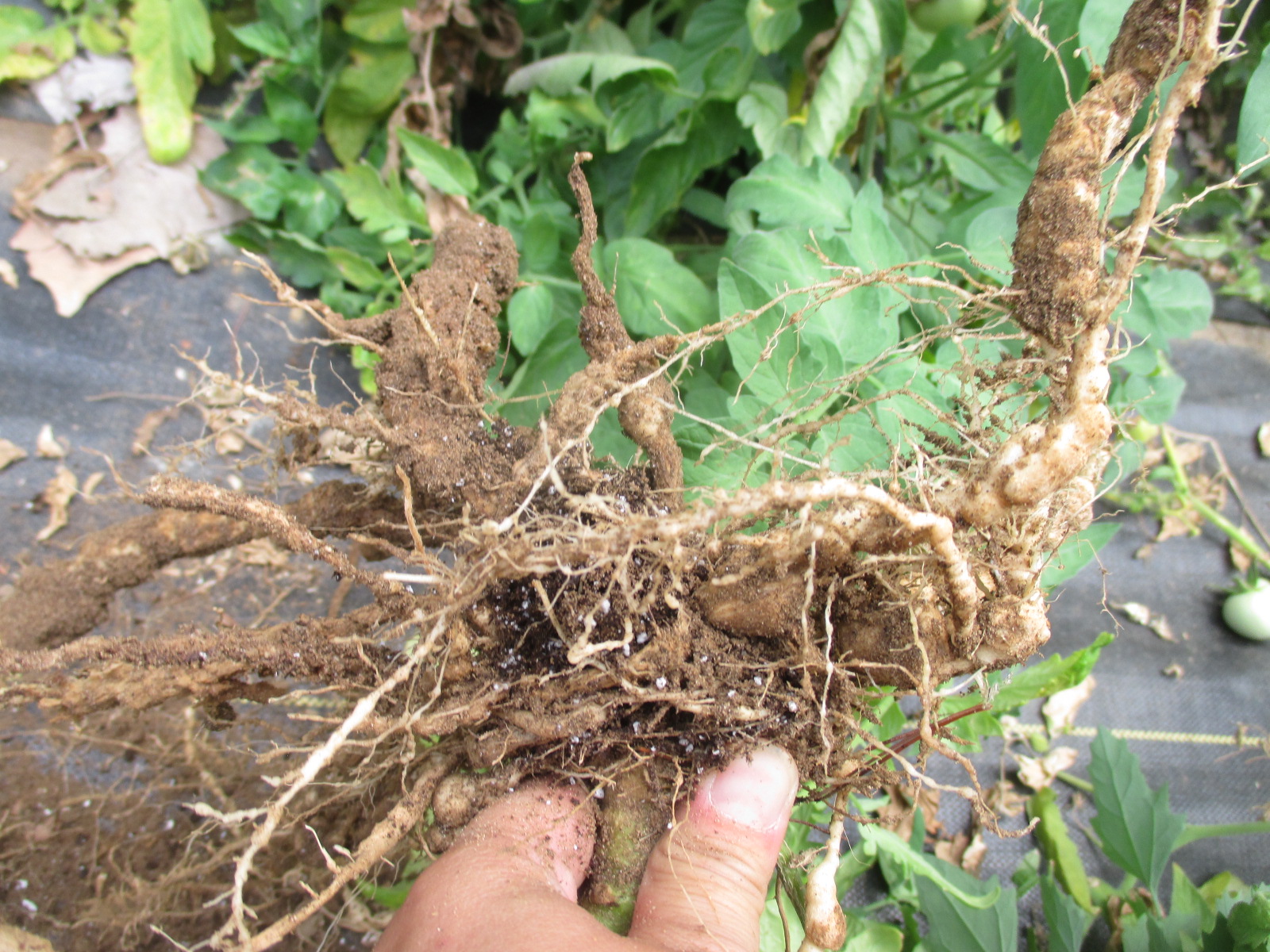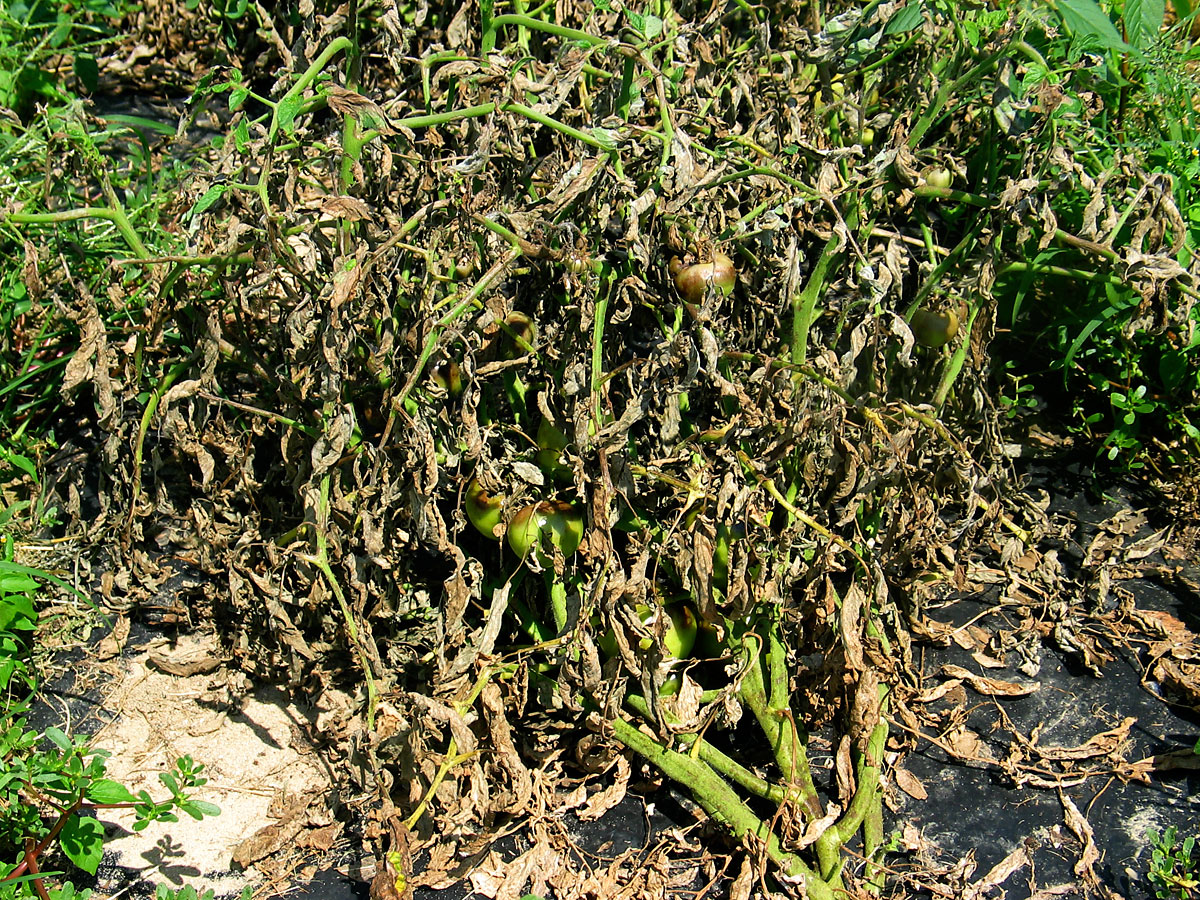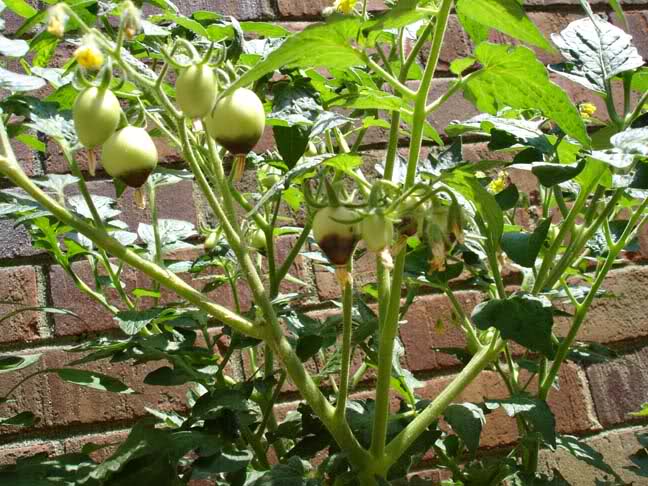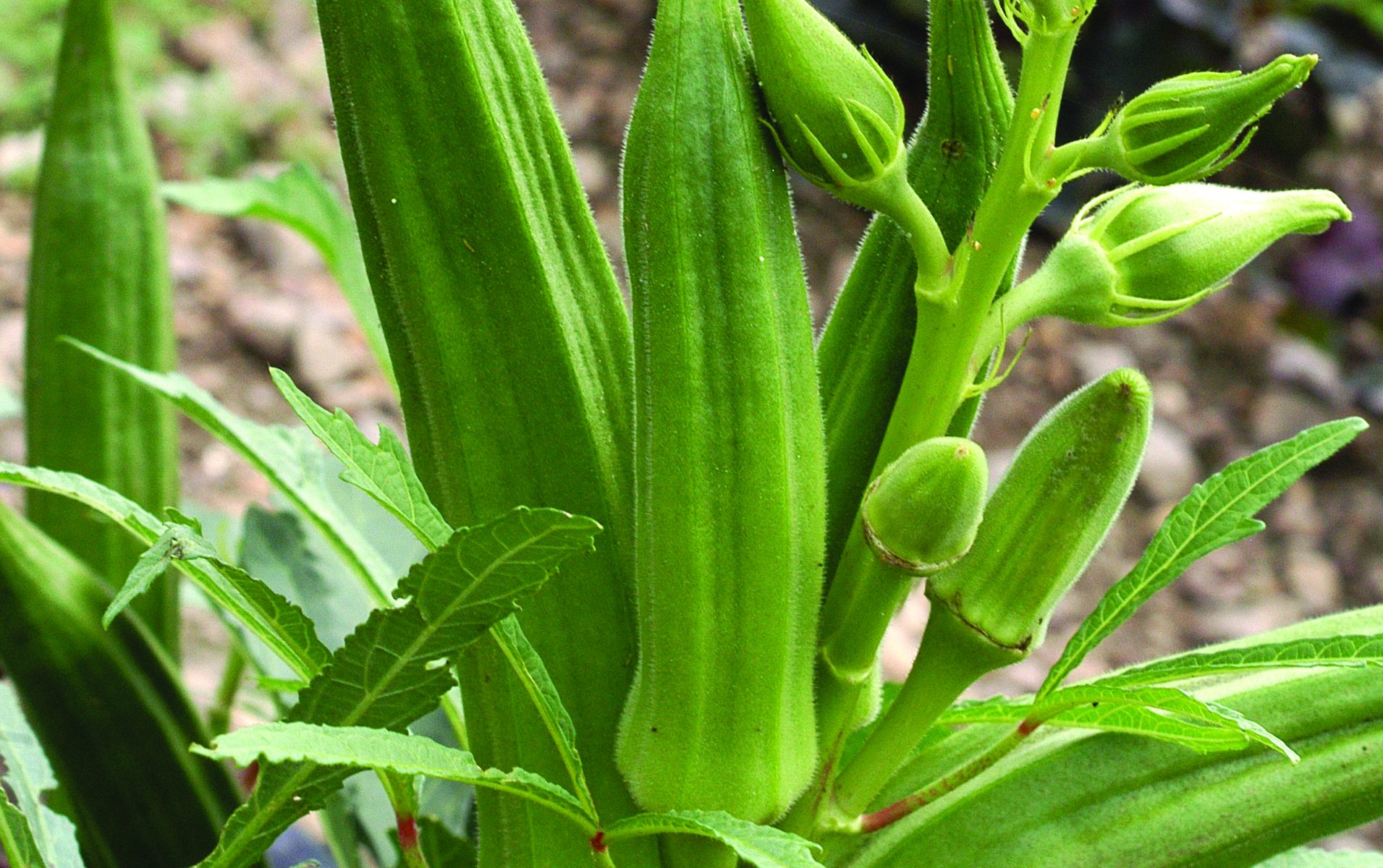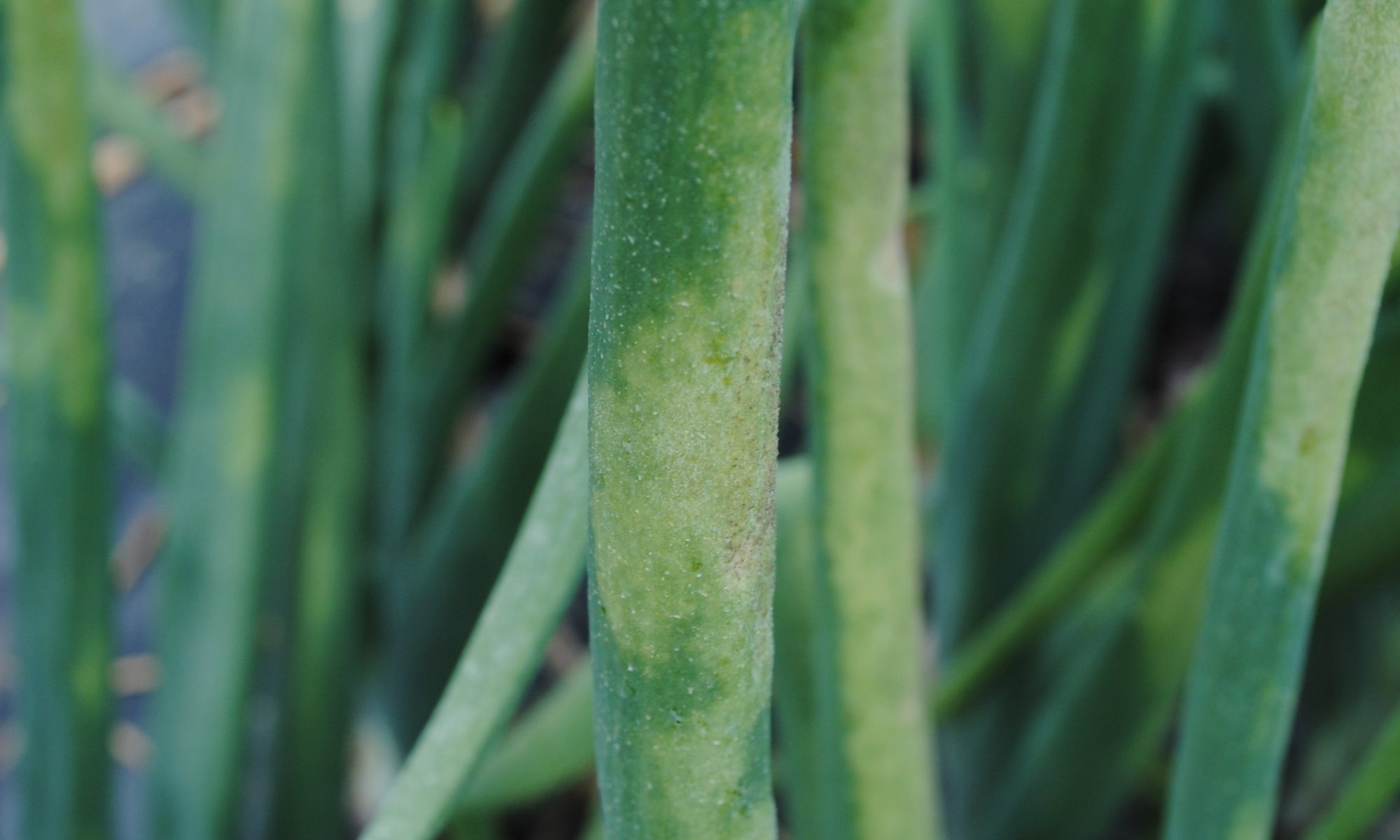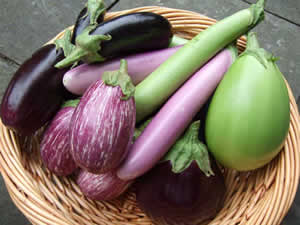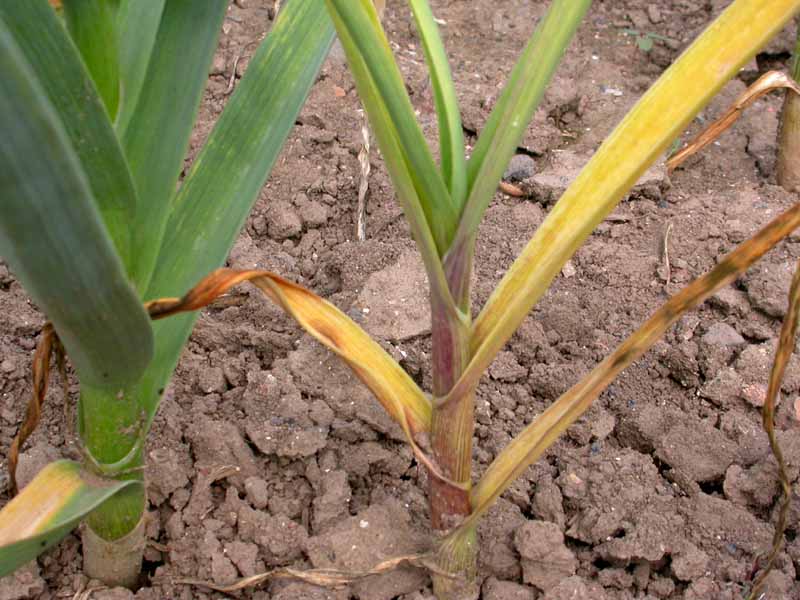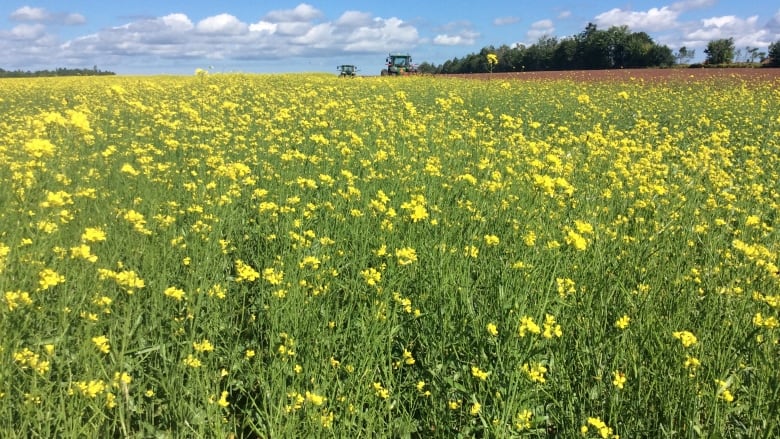Damage:-
- The nematode attacks the roots and produces tiny galls.
- The infected plants show symptoms of withering and wilting of leaves.
- The block the movement of nutrients and water in the plant system and subjected to wilt and finally leads to death.
- The growth of the plant is stunted fruiting capacity adversely affected.
- Yellow of the foliage and wilting of the upper leaves occurs.
Like and share with other farmers by clicking on the button below
Share
